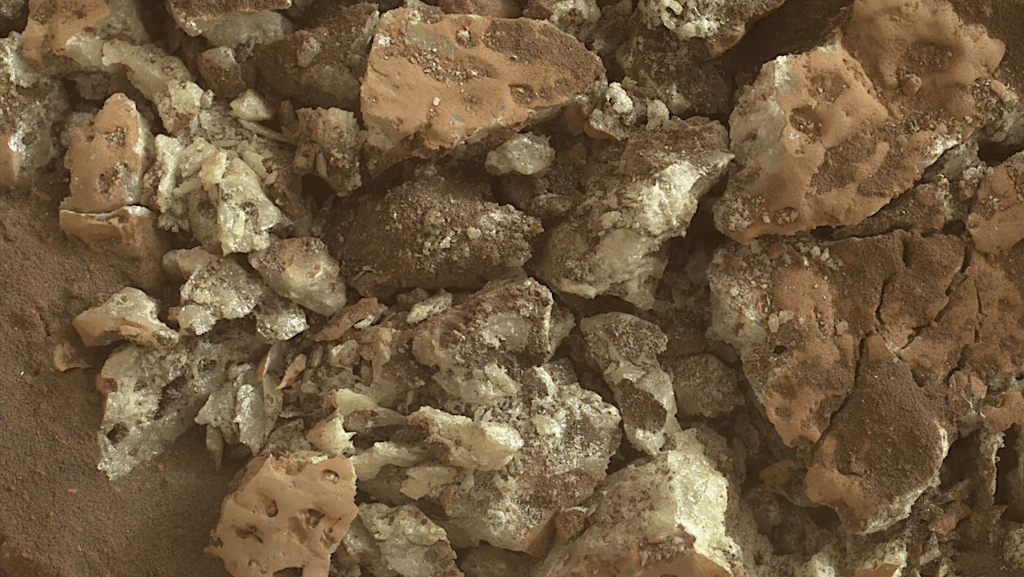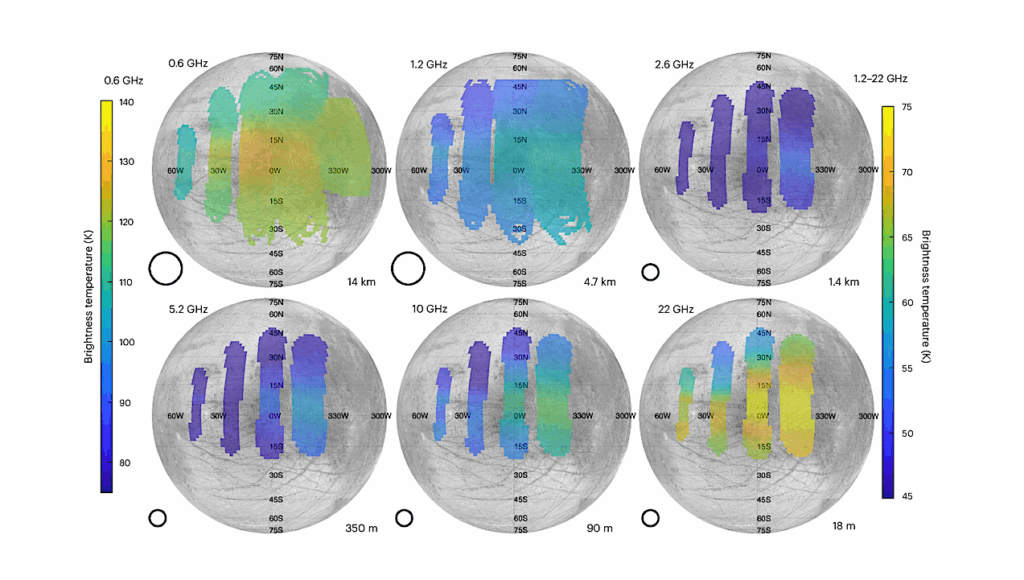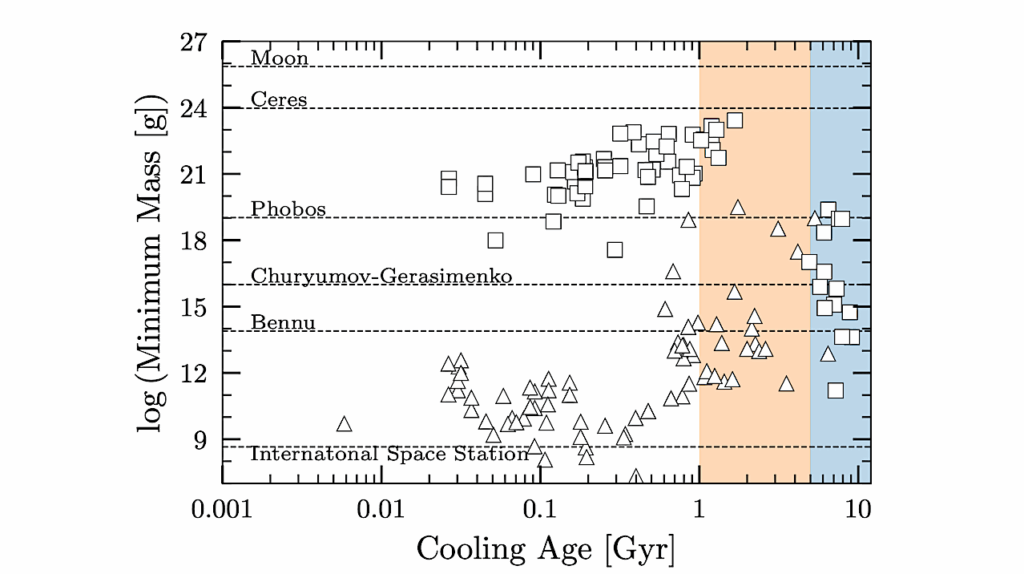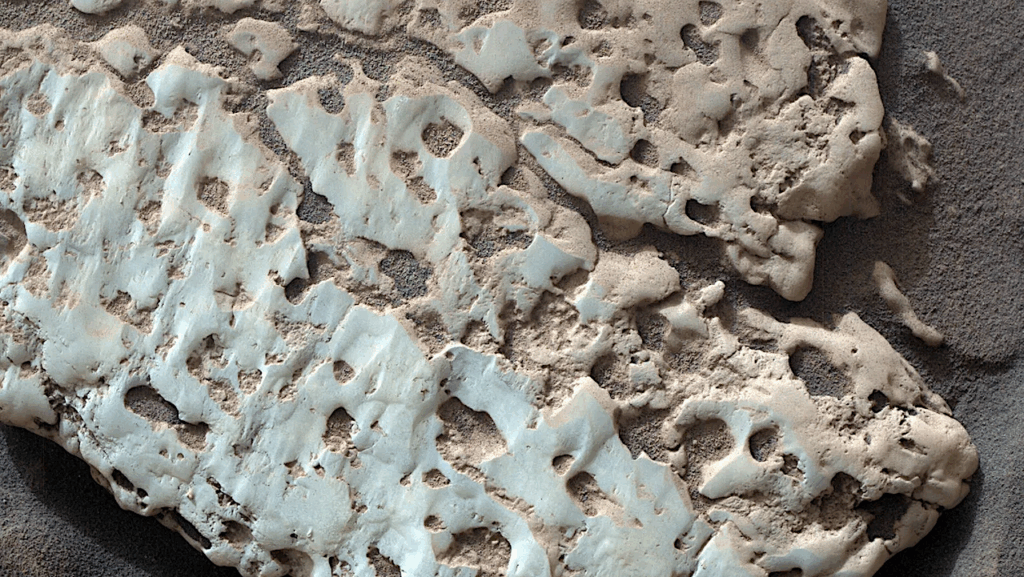Glaciers Tell A Story Of Ancient Mars
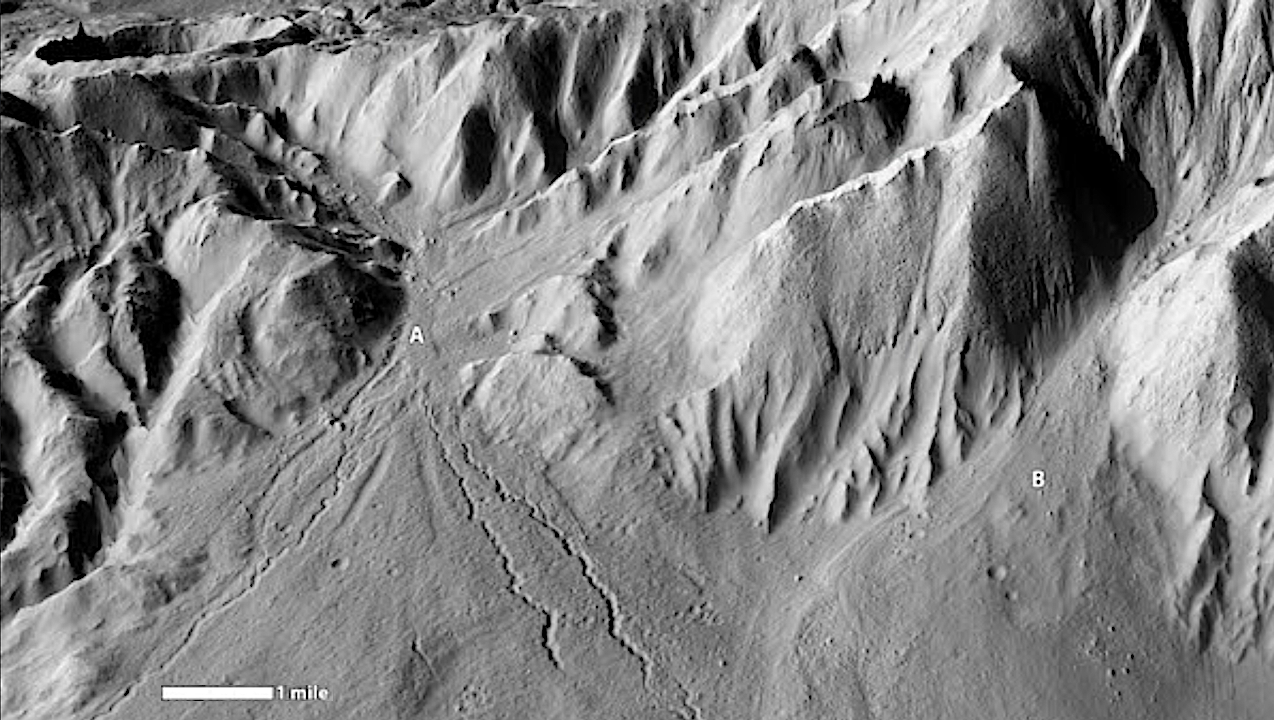
A new paper published in Icarus describes, maps and dates how glaciers and glacial runoff sculpted the northeastern rim of Mars’ Hellas basin over the last 3 billion years. The paper was authored in part by PSI senior scientist Alan Howard and research scientist Alexander Morgan.
Before the research began, the team was intrigued by the dramatic features in Hellas basin, especially in and around Batson crater, which they thought might hint at a history of decaying glaciers. Until now, these features had not yet been adequately described and characterized as being glacial.
There are many ways glaciers leave their mark on a landscape. On Earth, glaciers primarily scour the underlying rock as they slowly flow downhill. But on Mars, with its weaker gravity, the physical processes leading to this behavior require thicker ice to achieve. So, the team argues that instead, during a time when Mars was warmer, it’s more likely that meltwater carved the landscape as it flowed beneath and out of glaciers.
The team also sought to understand how landforms would differ if shaped by glacial runoff rather than rainfall – which probably wouldn’t have occurred at this time – or seasonal snow melt – which is more likely, Howard said. They found that in many cases, instead of distinct valleys branching out like a tree, glacial runoff carved shallow valleys that intermeshed with one another like latticework that still flowed in a dominant direction down crater slopes.

Location map of study region showing named craters and extent of geomorphic mapping (white boundary). Unless otherwise noted, north is to the top in all figures. The “*” at 83°E, 29°S shows the regional location, and the inset shows the setting relative to the global topography (scale from 21,000 m to -8,000). Image and elevations sources for all figures are listed in supplementary figures, table S1. — Icarus
“Water flowing beneath glaciers is often pressurized, and can seek multiple flow paths, whereas surface water tends to become trapped within the valleys they erode,” Howard said. “These landforms are the most convincing argument for this area being covered by deep ice and water running off.”
Glaciers wax and wane on Mars as the tilt of its axis changes dramatically over long periods. It’s likely that when the tilt was at its most dramatic this area would have still been cold, but at its warmest, creating glacial runoff.
“We often think about Mars as having an early warm and wet period with lots of erosion versus a more recent cold and dry period where the surface was pretty inactive,” Morgan said. “This study underscores the complexity of Martian landscapes during the more recent cold, dry period, with large glaciers having a significant role in sculpting the terrain.”
Today, small glaciers are found poleward of 30 degrees latitude, but the team proposes much more extensive glaciation during the Amazonian era, which began 3 billion years ago and was climatically similar to today.
“Even though we can see things on Mars at five meters per pixel, there’s still so much that is enigmatic,” Howard said. “We’ll probably continue to look at other regions for signatures similar to what we see in this particular region. The limitation of remote observations is actually what attracted me to Mars; You have to be a good detective to put together a convincing story of the past.”
Howard and Morgan’s work was funded by NASA’s Mars Data Analysis Program grants 80NSSC18K1476, a subaward from the University of Colorado, and 80NSSC19K1221, a subaward from the Smithsonian Institution.
Glacial sculpting of a martian cratered landscape on the northeastern flank of the Hellas basin, Icarus (open access)
Astrobiology, Astrogeology,



